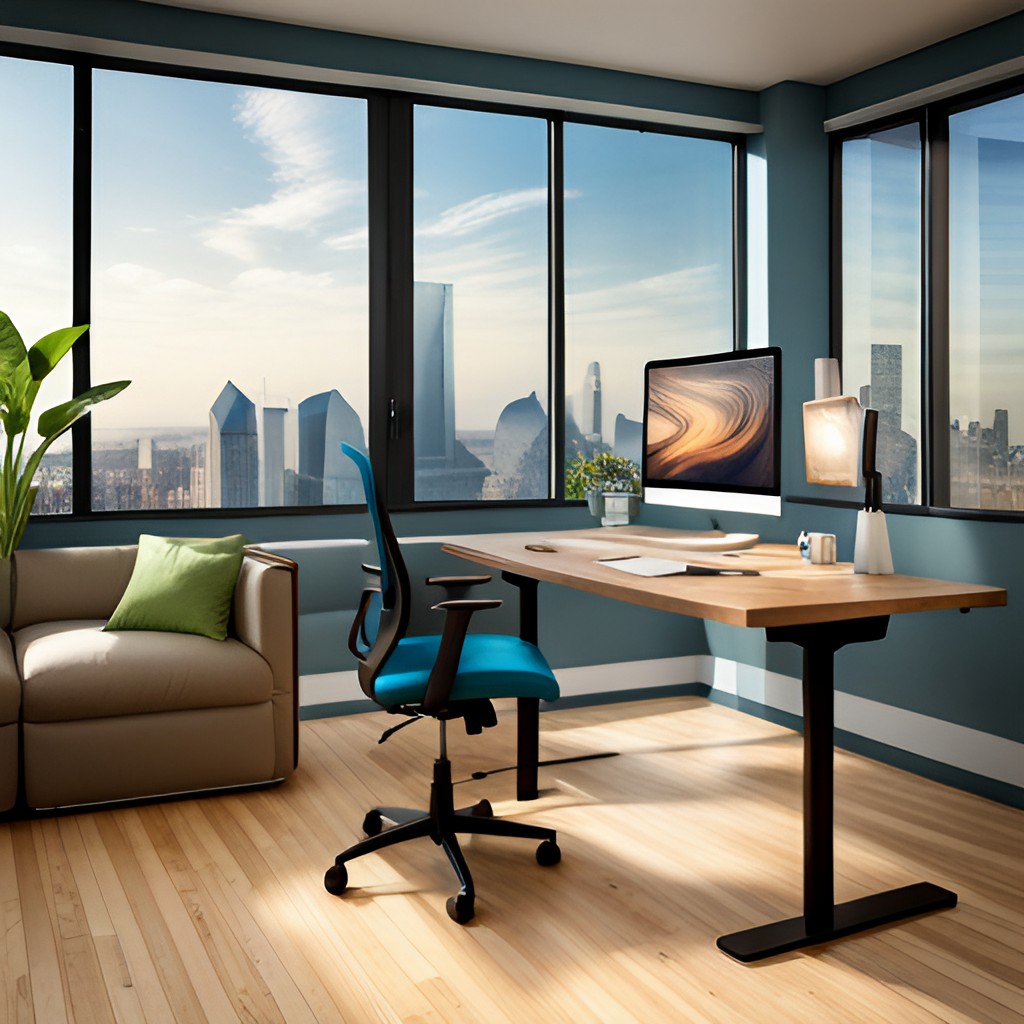9 Surprising Benefits of a Standing Desk in 2024
Standing desks have been gaining popularity recently, and for good reason! These innovative workstations offer a range of mental and physical health benefits that can transform your work experience. But what exactly are these benefits, and how do standing desks work? In this blog post, we’ll explore the surprising advantages of using a standing desk and share some tips for making the switch, focusing on the benefits of a standing desk.
Short Summary
- Standing desks can help reduce the health risks of prolonged sitting, increase energy levels, and improve work satisfaction & posture.
- They can also alleviate back/neck pain, boost mood & energy levels, promote movement & activity in the workplace, and lower the risk of chronic diseases.
- Get tips for transitioning to a standing desk and answers to frequently asked questions here!
Combatting the Dangers of Prolonged Sitting
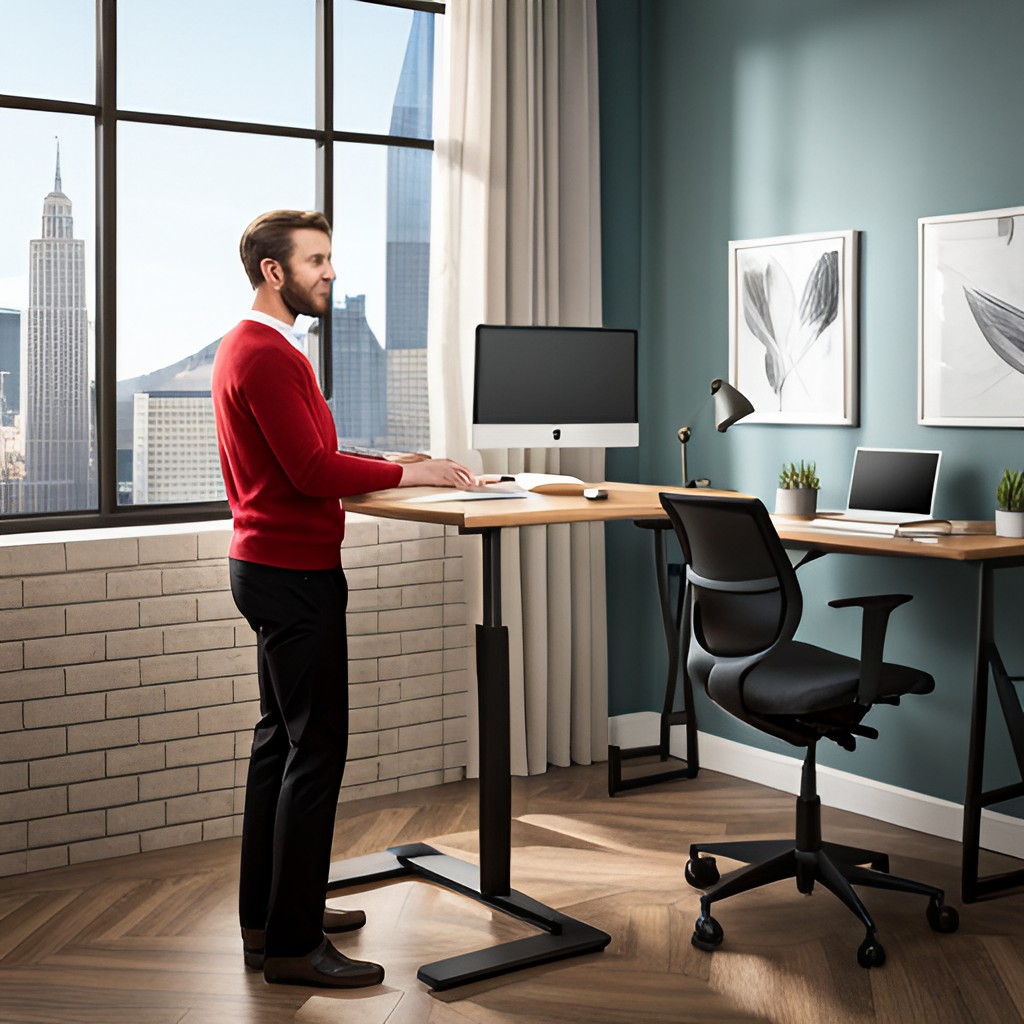
Sitting for extended periods, or the time we spend sitting, has been linked to multiple health risks, including obesity, diabetes, and heart disease. Research on the benefits of a standing position has been conducted for over 60 years, focusing on the positive impact of working in a standing position on overall health and potentially reducing half the risk associated with sedentary lifestyles.
So, how can standing desks help combat these dangers? Standing desks, also known as sit-stands or height-adjustable desks, allow users to switch between sitting and standing throughout the day, reducing the time spent sitting and promoting movement and activity. As a result, standing desk users often report a significant decrease in the adverse health effects associated with prolonged sitting, such as weight gain, neck pain, and even heart disease-related deaths.
Enhanced Productivity and Focus
Not only do standing desks help mitigate the health risks of prolonged sitting, but they also positively impact productivity and focus. Studies have shown that standing desk users have:
- Higher energy levels
- Reduced fatigue
- Increased work satisfaction
- Improved posture
- Reduced discomfort
This allows them to accomplish more during their workday. Standing desks are particularly beneficial for call center employees who spend long hours on the phone and can benefit from improved posture and reduced discomfort.
One standing desk user, Jacob S., discovered that the convenience of switching between sitting and standing in just a few seconds made work much more manageable. Moreover, having the computer monitor at the correct height while standing can help reduce neck strain, further enhancing productivity and focus.
Alleviating Back and Neck Pain

Prolonged sitting is a common culprit behind chronic back pain in office workers. Poor posture and lack of ergonomic support can also contribute to neck pain, leading to more significant discomfort and potential long-term issues. Standing desks solve these problems by promoting better posture and reducing the pressure on the lower back.
In the “Take-a-Stand Project” study, participants who stood for about an hour during their workday saw a significant decrease in upper back and neck pain – by 54%. These improvements were lost within two weeks after removing the sit-stand desks, highlighting the importance of incorporating standing into your daily routine.
Boosting Mood and Energy Levels

Using a standing desk can positively impact mood and energy levels. It has been shown to:
- Reduce fatigue, tension, and psychological distress
- Contribute to a happier and more productive workday
- Improve mood, reduce depression, and decrease tension
One standing desk user noted a significant improvement in their energy levels and mood since the switch. By promoting movement and reducing sedentary time, standing desks can profoundly affect overall mental health and work satisfaction.
Promoting Better Circulation
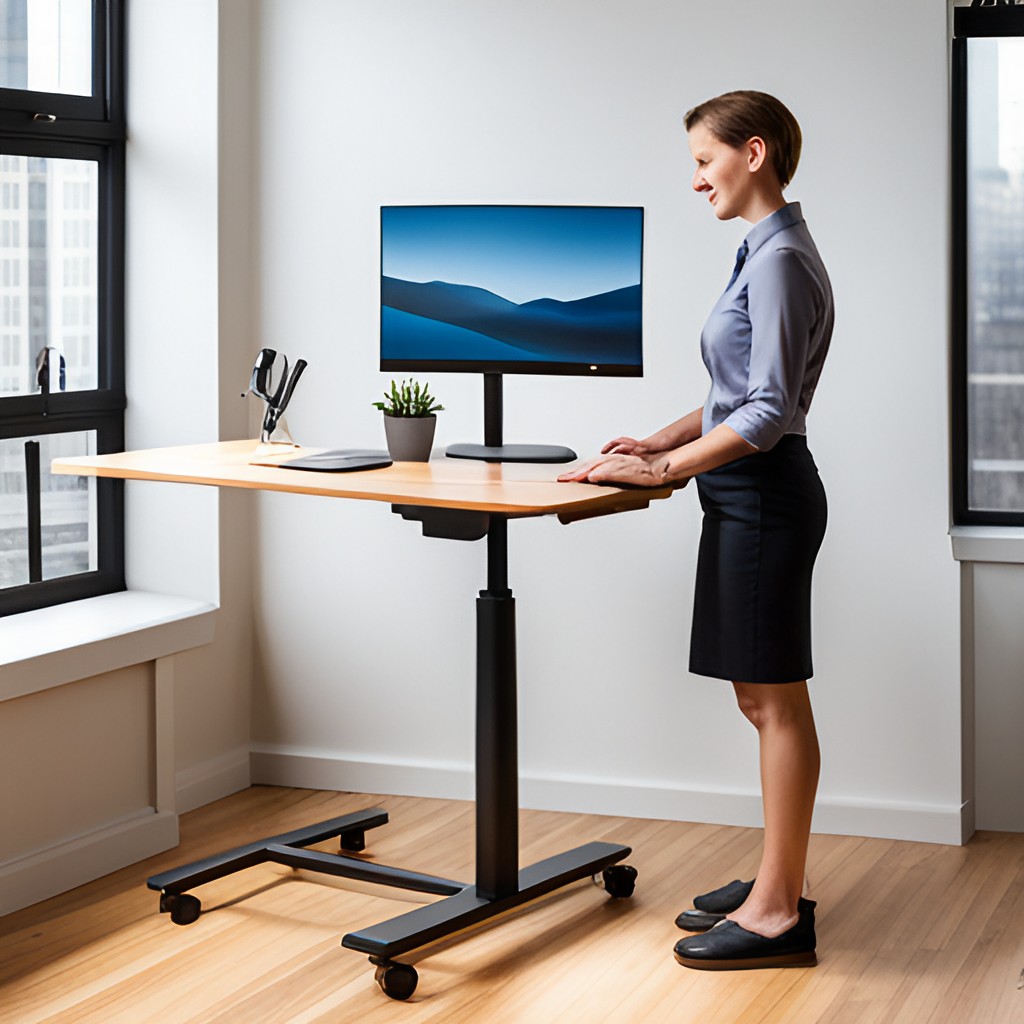
Another notable benefit of standing desks is their ability to promote better circulation. Improved blood flow can help prevent health issues such as blood clots, varicose veins, and swollen ankles, all of which can result from prolonged sitting. By encouraging movement and activity throughout the day, standing desks can contribute to overall well-being.
In addition to promoting better circulation, standing desks can also:
- Reduce the risk of heart disease and other health problems associated with a sedentary lifestyle
- Incorporate movement and activity into your day
- Have both immediate and long-term health benefits
Standing desks are a valuable addition to any workspace.
Encouraging Movement and Activity
Standing desks can be crucial in combating the sedentary lifestyle often associated with traditional office work. By encouraging movement and activity, these desks can help counteract the adverse health effects of sitting all day. This increased physical activity can lead to better circulation, reduced risk of chronic diseases, and improved physical and mental health.
Standing desk exercises, which can be performed right at your workstation, can further energize the mind and loosen up muscles. Incorporating standing and movement into your daily routine can foster a healthier and more active work environment.
Lowering Risk of Chronic Diseases
Standing desks can also help lower the risk of chronic diseases such as obesity, diabetes, and heart disease by promoting movement and reducing sedentary time. By encouraging a more active lifestyle, standing desks can positively impact physical, metabolic, and mental health.
Reducing sitting time can lead to various health benefits, including a potentially increased lifespan. By incorporating standing desks into your work environment, you can proactively combat the risk of chronic diseases and promote overall well-being.
Ergonomics and Posture Improvement
Proper ergonomics and posture improvement are essential when using a standing desk, ensuring a comfortable and healthy work environment. Knowing how to sit and stand correctly at your desk is the key to achieving better posture and reaping the full benefits of this innovative workstation. Mastering the art of standing desk sitting can make all the difference in your overall experience.
When it comes to selecting a suitable standing desk, adjustability is crucial. It’s essential to choose a desk, chair, monitor arm, and keyboard tray that meets the complete ANSI/BIFMA requirements and can be easily adjusted to fit your body. With the correct ergonomics and posture, standing desks can transform your work experience and promote a healthier lifestyle.
Tips for Transitioning to a Standing Desk
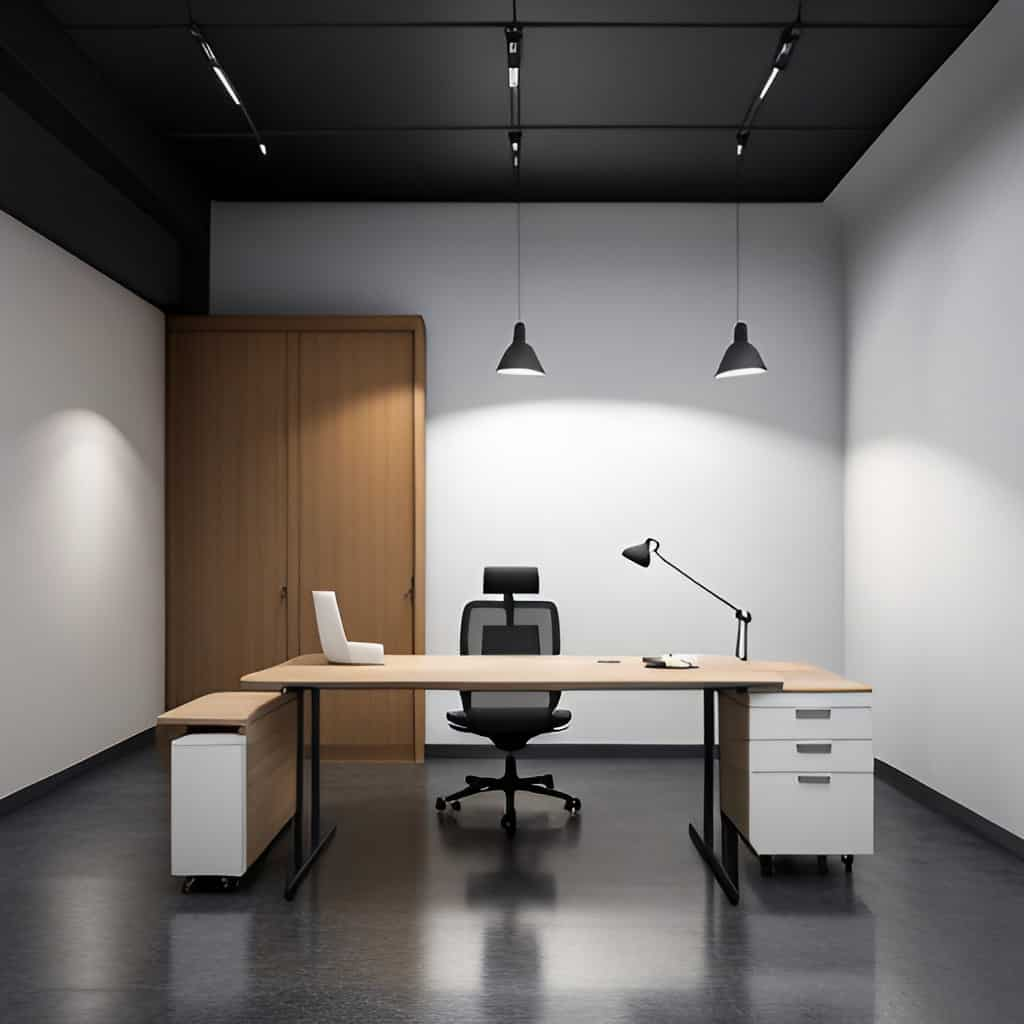
If you’re considering switching to a standing desk, it’s essential to approach the transition gradually. Finding the right balance between sitting and standing is crucial in reaping the full benefits of your new workstation. One helpful tip is to ease into using your standing desk by standing for 10 minutes after sitting for 50.
Accessories like anti-fatigue mats can also help optimize your comfort using a standing desk. These cushioned mats support your feet and legs, reducing fatigue and ensuring a more enjoyable standing experience.
By gradually utilizing helpful accessories, you can make a smooth transition to a standing desk and enjoy all its benefits.
What is a Standing Desk?

A standing desk is a height-adjustable workstation that allows users to work while standing or sitting on a high stool. These desks come in various types: sit-stand, height-adjustable, and treadmill. The versatility of standing desks allows users to find the perfect solution for their unique needs and preferences.
Some popular standing desk models include the UPLIFT V2 Standing Desk and the Autonomous SmartDesk Commercial, both known for their stability, safety, and reliability. With their easy-to-use height adjustment features and ergonomic designs, these desks provide a seamless transition between sitting and standing positions, allowing users to enjoy the full range of mental and physical health benefits.
Wrapping up and My Experience
After switching to a standing desk, I can attest to its positive impact on my health and productivity. The improved posture, increased energy levels, and reduced discomfort have transformed my work experience, making it more enjoyable and efficient.
I encourage anyone considering a standing desk to give it a try. With the numerous health benefits and potential for increased productivity, it’s a worthwhile investment in your well-being and work environment.
Frequently Asked Questions
Do I always have to stand if I get a standing desk?
No, switching between sitting and standing throughout the day is recommended.
How much should I stand for during the day?
Standing for at least 30 minutes daily is recommended, but you can tailor your time to what works best for you.
What are some tips for picking out the best standing desk?
Make sure the standing desk is the right height, has a solid base, and allows you to quickly switch between sitting and standing.
How long should you stand at a standing desk?
Aim to stand for one hour every one to two hours of sitting for the ideal ratio. A height-adjustable sit-stand desk can help make this goal achievable by allowing you to adjust your desk multiple times daily.
Our Personal Favorites
Please read about our favorites here or see below.
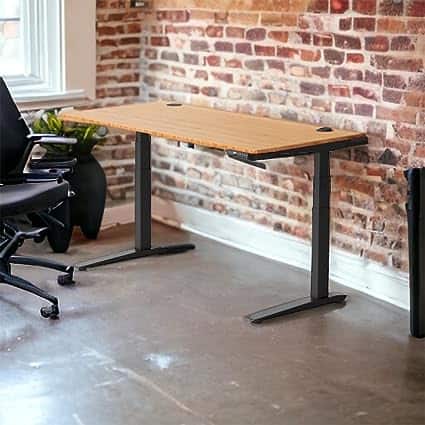
Jarvis
Best Overall
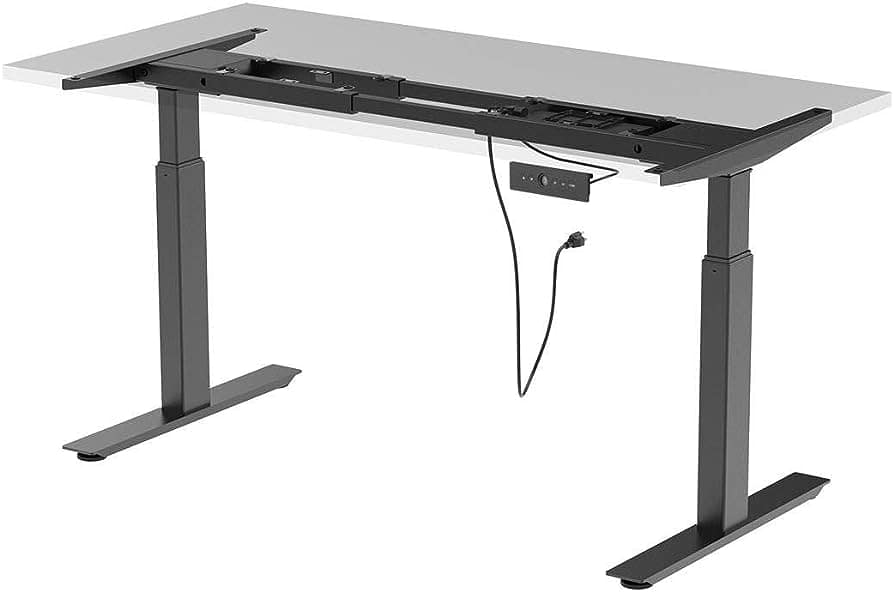
Monoprice
Most Affordable
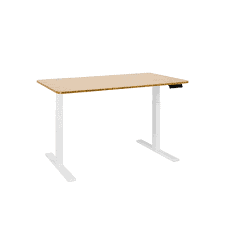
Autonomous
Best Smart Desk
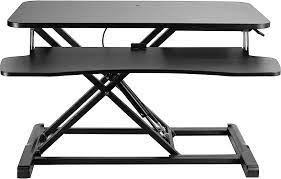
Vivio
Best Desk Converter
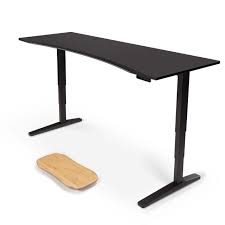
Uplift
Easiest Installation

